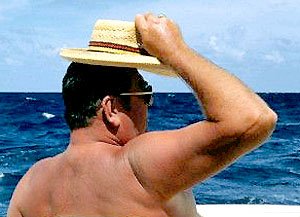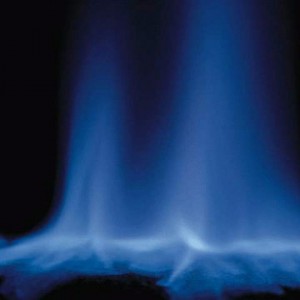Walking In the Sun After a Hair Transplant
Thursday, November 19th, 2009Q:
Not too long ago, I had a hair transplant (using FUE). Things were OK until several months after the transplant. I spent some time having fun in the sun, and it was maybe close to triple digit degrees outdoors. As soon as I got back to my house, I noticed my scalp in the transplanted area had turned white. It looked like the skin on my head had been scorched. But I didn’t think it was a big deal and I kept on using the Minoxidil with Betaderm spray, which my doctor highly recommended.
A few weeks later, the top of my head (which had been grafted) began to peel and the skin fell off (like a sun burn). And there were a few transplanted hairs which fell off as well, with the skin. This really alarmed me. After about eight weeks, the scalp seems to have healed, although there is some redness in places; but, overall, it seems to be OK. But, I’m a bit worried about the condition of my after-playing-in-the-sun scalp. I know it was probably a sun burn, but I just hope my grafts weren’t damaged beyond repair. I’ve done some research on skin consequences of sun burn, but I wonder if the grafts can ever fully recover from the exposure to the ultra-violet rays. I know if my skin becomes more tan, it’s OK. But about my grafts, I’m really concerned about them.
I need answers, doc.
Yours truly,
A beach bum with a hair transplant
A:
Hey beach bum,
Skin and scalp which has been exposed to the sun’s rays for long periods of time damage both native hairs and transplanted hair. The consequences can be especially harmful if a person who has had a hair transplanted is not under an umbrella or is not wearing a hat of some sort. The scalp skin could be damaged that way. It is best to stay out of the sun after a few minutes, at most. For the first six months, hair transplant patients may want to use sunscreen or wear a hat to prevent hair loss and to guard against permanent damage to hair follicles.
For those who don’t like to wear hats or other types of protective head wear ought to guard their hair as if their financial stability depended on it. Make sure your hair density increases to the point in which your hair follicles cover your entire scalp and so the scalp skin is not exposed to the sun’s scorching rays (especially during summer).
I can’t give you a verdict on whether your newly transplanted hair is permanently damaged. I’m sure I don’t have to tell you this, but I’ll say it anyway in case there are people reading this blog who are in a similar situation: from now on, be very careful about your scalp’s sun exposure. And just kick-back and wait a while to see if the damaged hair grows back.
Remember, after hair transplant care is very important, if not crucial to the longevity of your hair restoration results.


